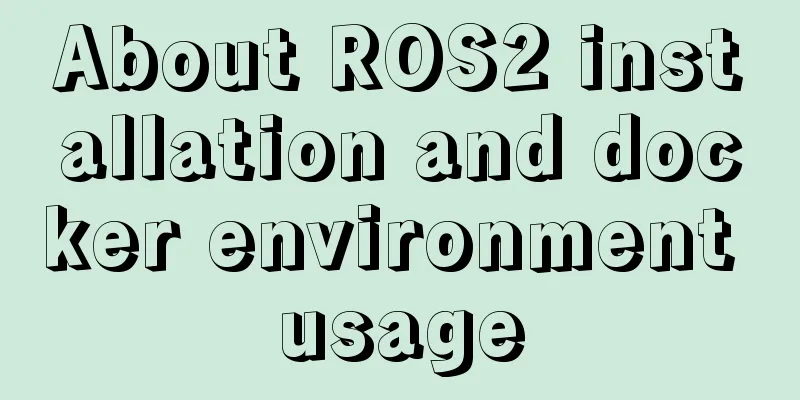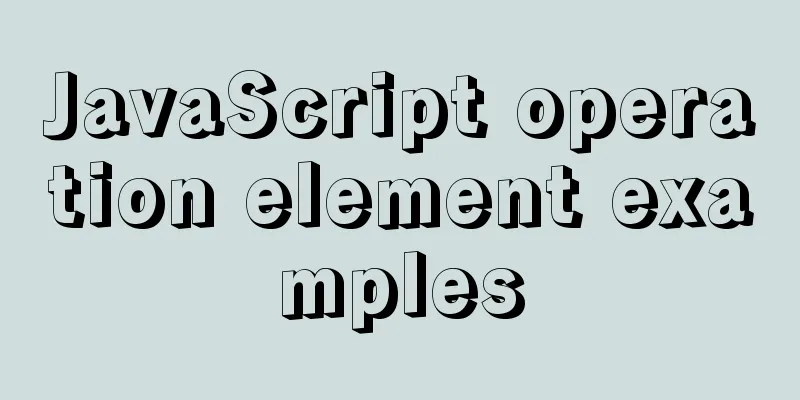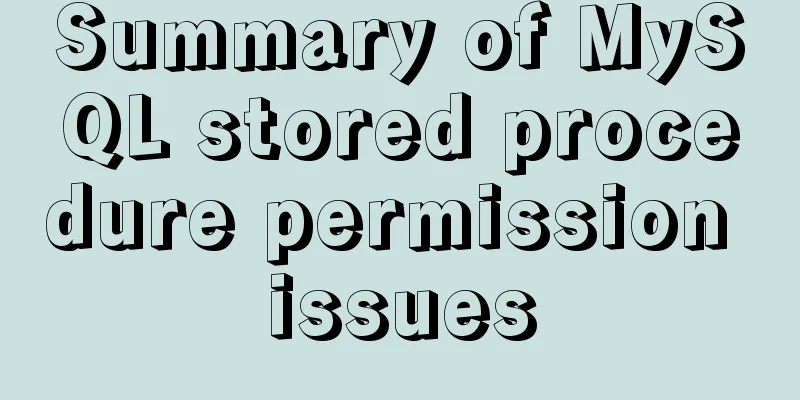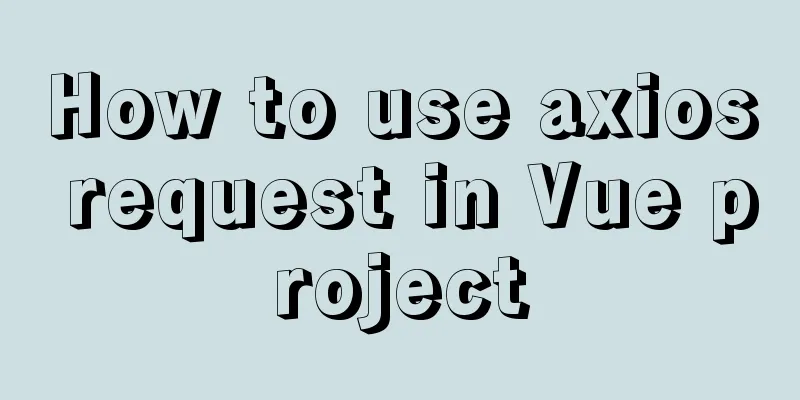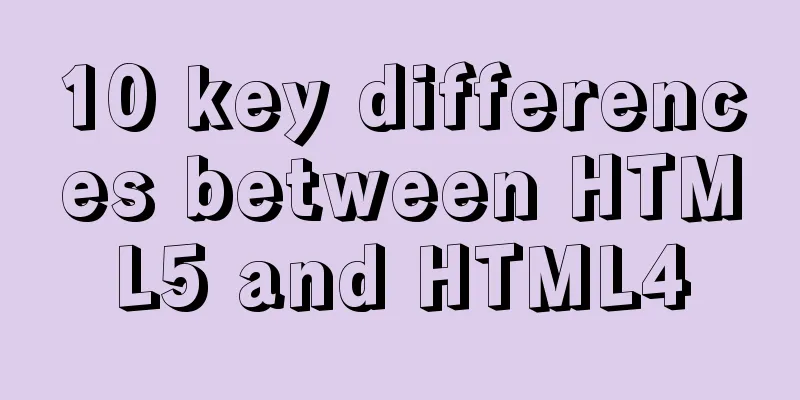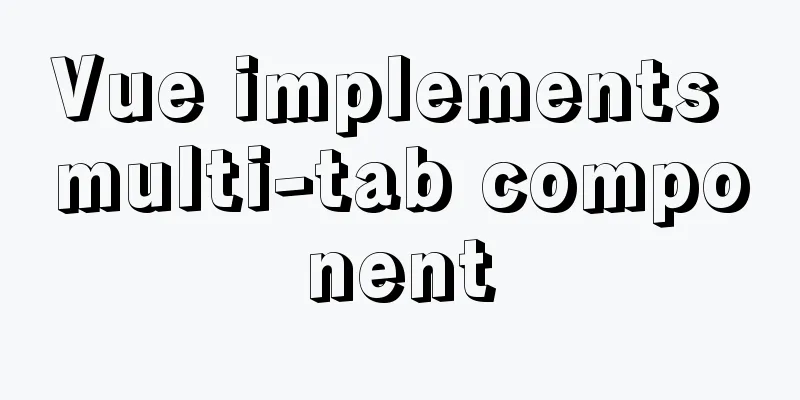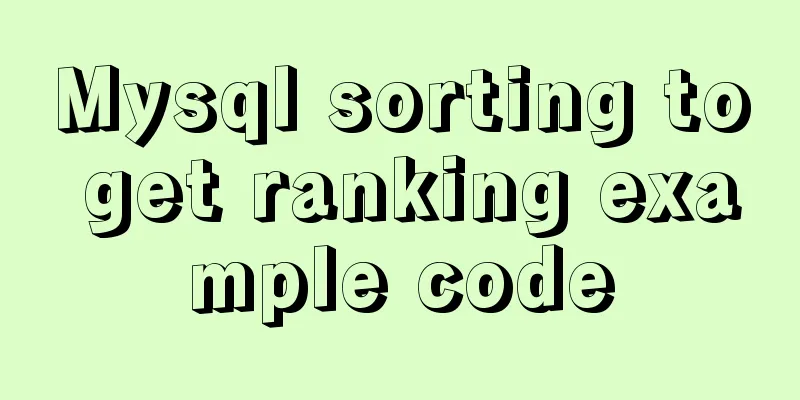Share the 15 best HTML/CSS design and development frameworks
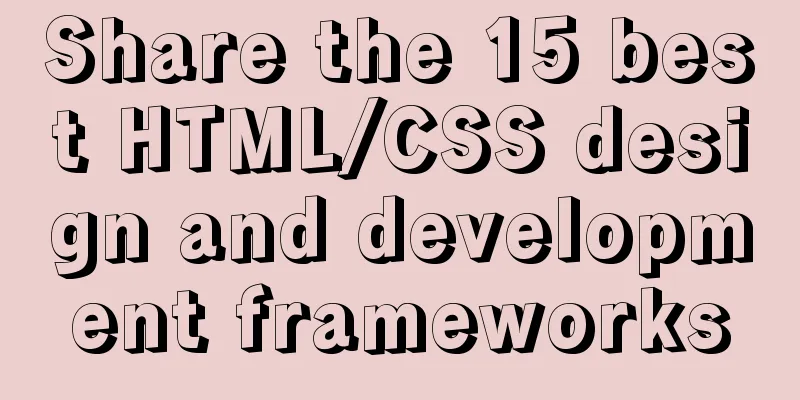
|
Professional web design is complex and time-consuming. It requires a perfect combination of HTML and CSS framework. These frameworks not only add specific functionality to your design, but can also save you a lot of time and effort. Gumby is one of the best frameworks that is equipped with various useful and effective features. Its preset designs and common interface elements help us create the perfect website. Gumby framework also allows customization of the grid as per the requirement.
Semantic UI is also a very useful web design framework. Empower designers by allowing users to create a shared language for interfaces. The various functions and 3D animations are also features that cannot be underestimated. It is easier to use compared to other frameworks.
Next up is YAML. It is an ideal tool for designing flexible, convenient and responsive websites. It provides a range of effective features. At the same time, it also comes with Ajax Builder, which ensures visual development of YAML-based CSS layouts.
In web design projects, the blueprint framework is also a good assistant. It provides a solid foundation for creating beautiful forms, stylesheets, and easy-to-use grids and typography for your projects. This is one of the best frameworks for building complex web designs.
Toast is a solid CSS framework that makes layouts simpler and allows users to easily add padding and borders. This is one of the best and simplest web design frameworks on the internet.
Bootstrap is the most popular HTML, CSS and JS framework on the Internet. This tool is very useful and is used by a large number of web designers to develop responsive and feature-rich websites for mobile and other devices.
Kube framework is also an important part of the web design process. It is an adaptive and responsive tool that can be used to support website design. Its effective functionality and reliable performance help us create websites quickly and easily.
The columnal framework is a valid CSS grid system with minimal custom code. This is a flexible grid that provides special features for easy and quick web design. Therefore, if you want efficient web design results, this framework is the best and most reliable choice.
Another efficient web design framework is Pure. It’s a collection of small, responsive CSS modules that can come in handy in almost any web design project.
Clank is an HTML/CSS framework for mobile and tablet apps. It uses SaaS as a CSS preprocessor to achieve rapid development for mobile and tablet devices.
This is also a great HTML5 and CSS3 framework. A new form framework for HTML5 validation (via JavaScript).
MontageJS is a front-end HTML5 framework that supports the rapid creation of single-page applications. MontageJS uses time-tested design patterns and software rules, allowing users to easily create modular architectures for their projects, thereby providing a high-quality user experience.
HTML5 helps in creating stable and suitable web applications and websites quickly.
HTML Kickstart provides HTML5, CSS and JS modules for quickly producing websites. |
<<: How to align text boxes in multiple forms in HTML
Recommend
Summary of the differences between Vue's watch, computed, and methods
Table of contents 1 Introduction 2 Basic usage 2....
Detailed explanation of Tomcat directory structure
Table of contents Directory Structure bin directo...
Implementation example of video player based on Vue
When the existing video player cannot meet the ne...
Detailed explanation of the process of using Docker to build a PHP operating environment in CentOS7 environment
Related articles: Install Docker using yum under ...
How to use HTML+CSS to create TG-vision homepage
This time we use HTML+CSS layout to make a prelim...
A complete tutorial on installing Ubuntu 20.04 using VMware virtual machine
Ubuntu is a relatively popular Linux desktop syst...
Tutorial on binary compilation and installation of MySql centos7 under Linux
// It took me a whole afternoon to install this, ...
Detailed explanation of the basic commands of Firewalld firewall in Centos7
1. Basics of Linux Firewall The Linux firewall sy...
Web Design: Web Music Implementation Techniques
<br />When inserting music into a web page, ...
Example of JSON output in HTML format (test interface)
To display the JSON data in a beautiful indented ...
How to use Vue's idea to encapsulate a Storage
Table of contents background Function Purpose Ide...
Configure selenium environment based on linux and implement operation
1. Using Selenium in Linux 1. Install Chrome Inst...
Detailed explanation of the application of meta tags in mobile platform development
Everyone is familiar with the meta tag in desktop...
Super detailed MySQL8.0.22 installation and configuration tutorial
Hello everyone, today we are going to learn about...
Install mysql 5.6 from yum source in centos7.4 system
System environment: centos7.4 1. Check whether th...

